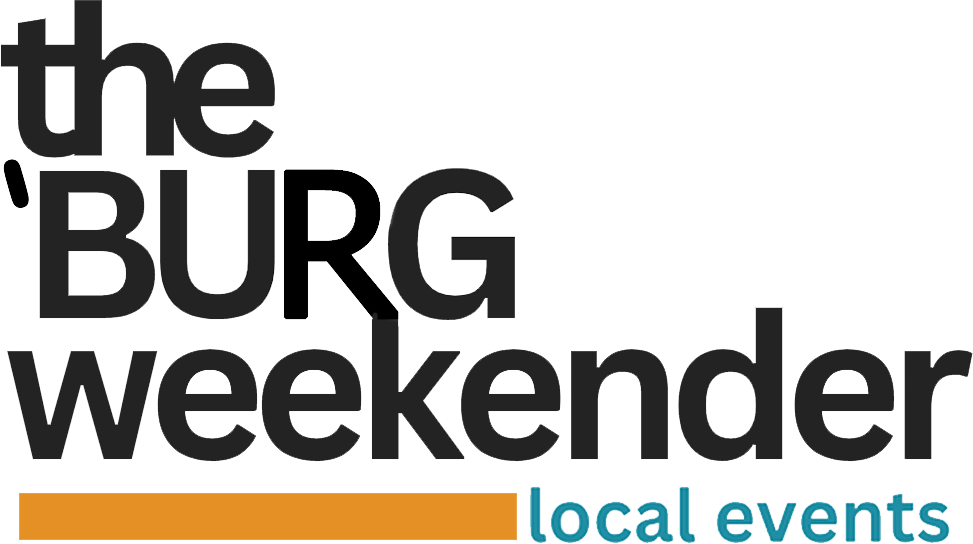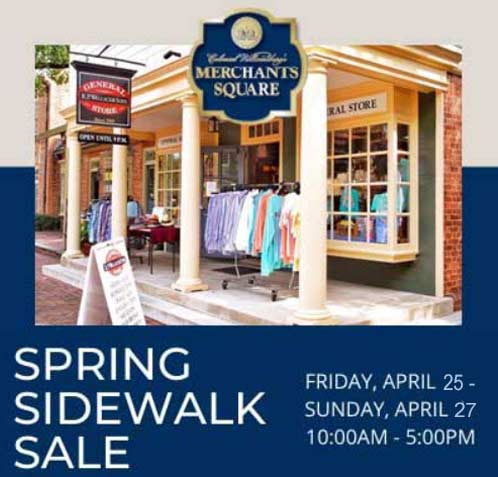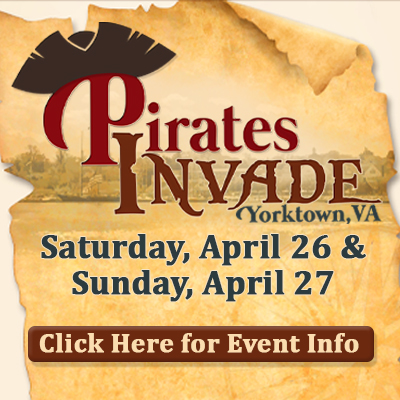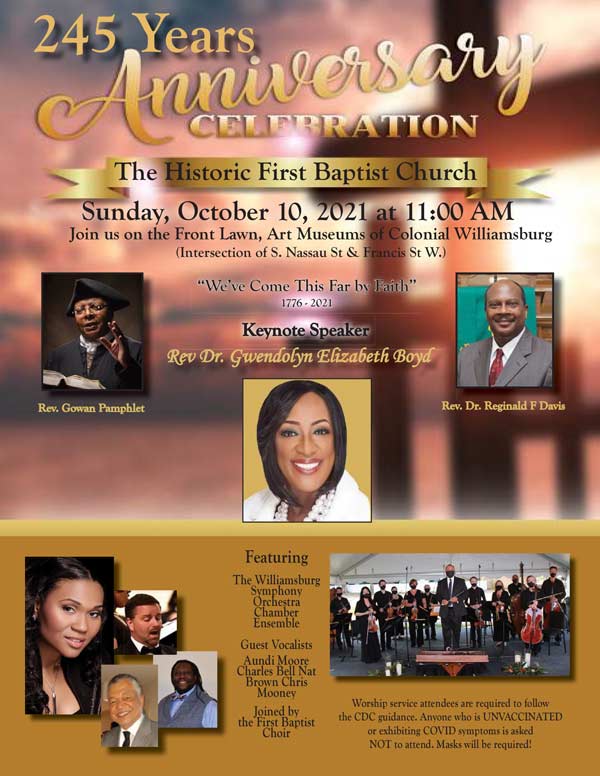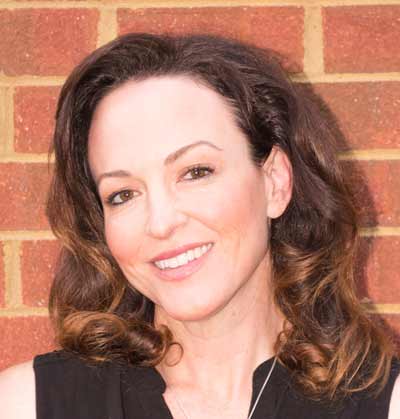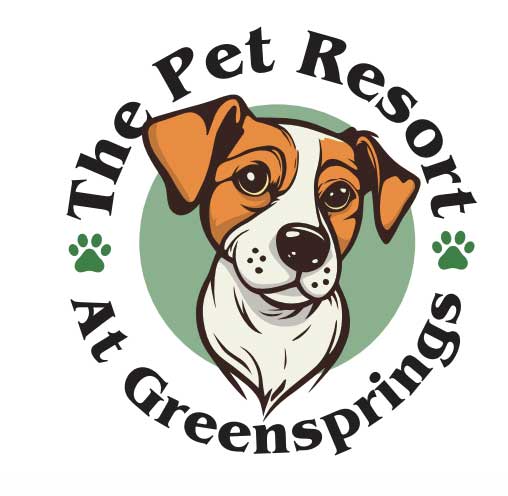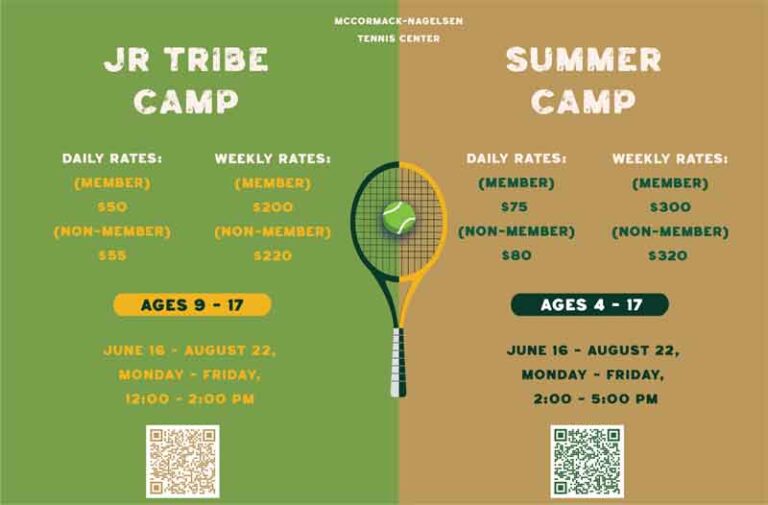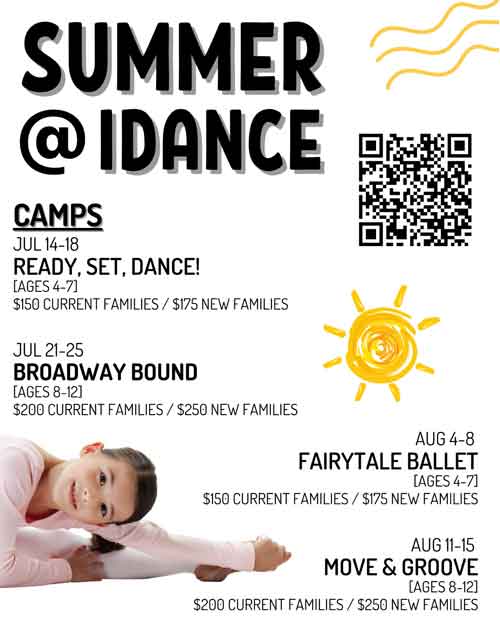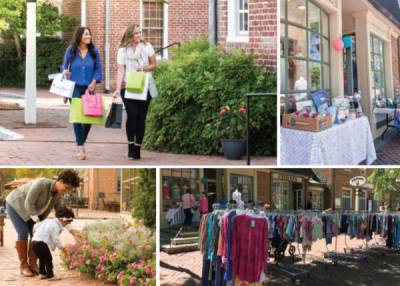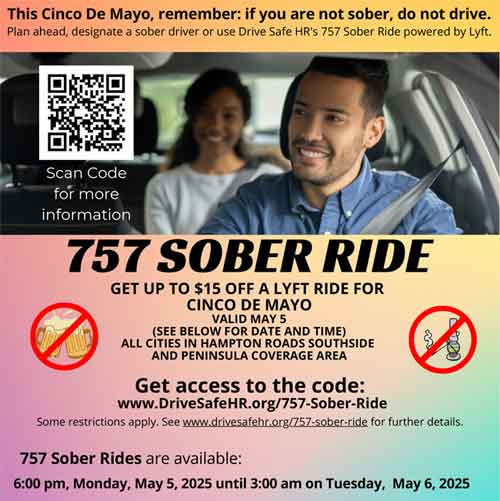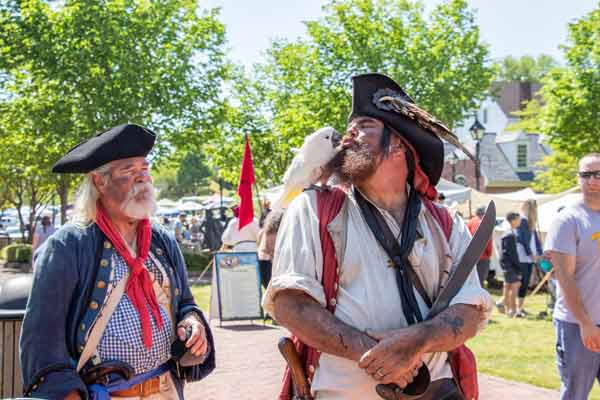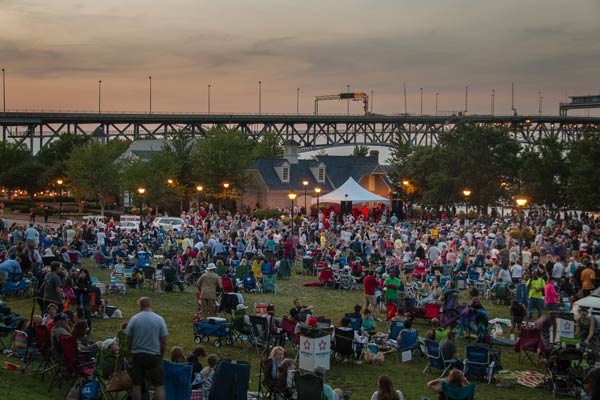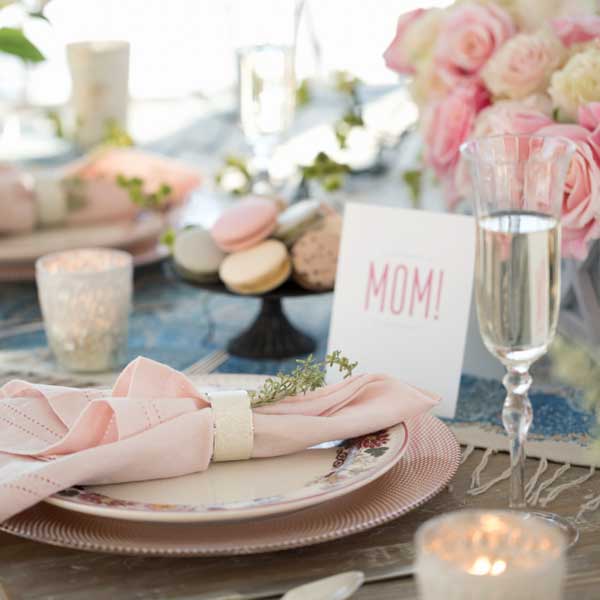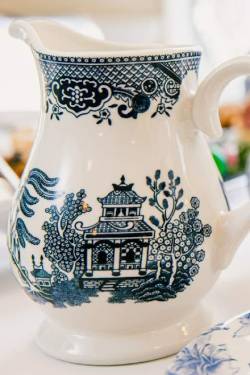It’s been found. The original, permanent structure of the First Baptist Church… plus Anniversary Weekend EVENTS!
Historic First Baptist Church’s Original Permanent Structure Discovered During Colonial Williamsburg Archaeological Dig and Anniversary Weekend events
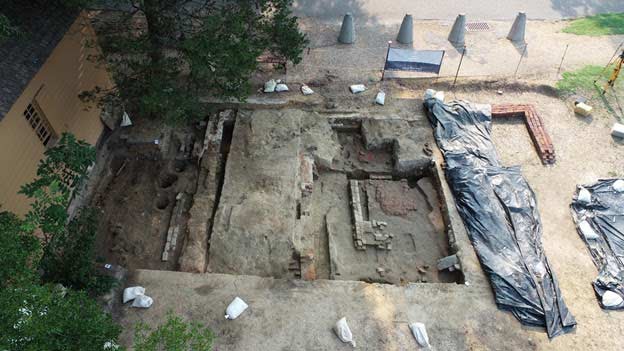
After a year of excavating the site of one of the nation’s oldest Black churches, Colonial Williamsburg’s archaeologists believe they have found what they and members of First Baptist Church have been searching for: the church’s first permanent structure dating to the early 1800s. The announcement – shared earlier this week with the descendant community – coincides with the church’s community-wide 245th anniversary celebration this weekend.
“The early history of our congregation, beginning with enslaved and free Blacks gathering outdoors in secret in 1776, has always been a part of who we are as a community. To see it unearthed – to see the actual bricks of that original foundation and the outline of the place our ancestors worshipped — brings that history to life and makes that piece of our identity tangible. After 245 years, this is a reason to truly celebrate,” said the Rev. Dr. Reginald F. Davis, pastor of First Baptist Church.
Colonial Williamsburg archaeologists have been digging since September 2020 at the site of the church’s original structure near the intersection of Nassau and Francis streets in Colonial Williamsburg’s Historic Area. The newly-identified 16 x 20-foot brick building foundation sits alongside a brick paving and on top of a layer of soil that dates to the early 1800s. Additional archaeological evidence, including an 1817 coin and a straight pin discovered under the paving, indicate that the foundation was constructed sometime in the first quarter of the 19th century. Tax records suggest that by 1818, the congregation was worshipping on the site in a building known as the Baptist Meeting House — in all likelihood, the congregation’s first permanent structure.
“We always hoped this is what we’d find,” said Jack Gary, Colonial Williamsburg’s director of archaeology. “Now we can move forward to better understand the footprint of the building. Is it the only structure on the site? What else was around it? What did it look like? How was it being used? This is really only the beginning.”
In addition to the original structure, Colonial Williamsburg’s archaeologists have discovered at least 25 confirmed human burials at the site. A community meeting is scheduled for Oct. 30 for the descendant community to discuss next steps and make decisions regarding the investigation of the burial sites.
The physical remains of First Baptist’s original structure have been buried for 165 years, first under the foundation of a brick church building constructed in 1856 after the first church was destroyed by a tornado, and later under a parking lot that all-but silenced the remarkable history of the church. Over the past five years, that silence has been broken through an ongoing collaboration between the church and Colonial Williamsburg.
“Colonial Williamsburg is committed to telling a more complete and inclusive story of the men and women who lived, worked and worshipped here during our country’s formative years,” said Cliff Fleet, president and CEO of The Colonial Williamsburg Foundation. “The history of this congregation is a story that deserves to be at the forefront of our interpretation and education efforts, and we are honored to play a part in bringing that story to light.”
First Baptist Church, which relocated in 1956 to 727 Scotland Street, partnered with Colonial Williamsburg in 2016 to renovate the church’s historic bell, allowing it to ring that year for the first time since segregation. Now known as the Freedom Bell, its remarkable journey is recounted in the Let Freedom Ring Foundation’s new documentary film, “History Half Told is Untold,” premiering Saturday, Oct. 9, at 2 p.m. and 6 p.m. at the Hennage Auditorium as part of First Baptist Church’s 245th anniversary celebration. Tickets are free but must be reserved online.
Additional anniversary events include a “behind-the-fence” tour of the Historic First Baptist Church archaeology site on Nassau Street on Saturday, Oct. 9 from 10 a.m. to 4 p.m. and an outdoor service on Sunday, Oct. 10 at 11 a.m. featuring Rev. Dr. Gwendolyn Boyd, the Williamsburg Symphony Orchestra String Ensemble and the First Baptist Church Chamber Choir. All events are open to the public.
“This discovery could not come at a better time,” said Connie Matthews Harshaw, a member of First Baptist Church and president of the Let Freedom Ring Foundation. “We are so excited to welcome both our church community and the local community back after a difficult year of closures, and the discovery of the original site of our church is such a beautiful reminder of the power of public history to tell stories that inspire and unite us.”
Excavation of the Nassau Street site will continue weekdays 9 a.m. to 4 p.m., weather permitting, as part of a multi-year project seeking information needed to accurately reconstruct the earliest version of the church’s first permanent structure, surrounding landscape and topography; to locate burials; and to learn about the worship experience of the church’s early congregants. The project is supported by generous gifts from the Lilly Endowment Inc., The Ford Foundation, the Richard S. Reynolds Foundation and multiple individual donors, including a $100,000 anonymous gift from Two Friends of History.
First Baptist Church history
First Baptist Church was organized in 1776 by enslaved and free Blacks in defiance of laws of the day forbidding the congregation of African Americans. First led by the Rev. Moses, a free Black itinerant preacher, they built a brush arbor at Green Spring Plantation several miles from Williamsburg to gather secretly in song and prayer. Organized as Baptists by 1781 under the Rev. Gowan Pamphlet, an enslaved man in Williamsburg, worshippers moved to Raccoon Chase, a rural area just outside the city. Moved by their stirring hymns and heartfelt prayers, Jesse Cole, a member of the city’s White Cole family offered the congregation use of a building on property that is now part of the Historic Area on the northwest corner of South Nassau Street and Francis Street West. By 1818, a structure referred to as the Baptist Meeting House stood on this property and may have existed here as early as the late-18th century.
In 1834, a tornado destroyed the Baptist Meeting House along with several other structures on the Cole property. The African Baptist Church, as it became known before the Civil War, dedicated a new brick church on the site of the earlier building in 1856. Several years later, in 1863, the congregation was renamed First Baptist Church.
In 1956, Colonial Williamsburg acquired the land on South Nassau Street from First Baptist Church and tore down the 19th-century building. Payment for the Nassau Street property covered the land and construction costs of the congregation’s current church at 727 Scotland Street, which opened the following year.


